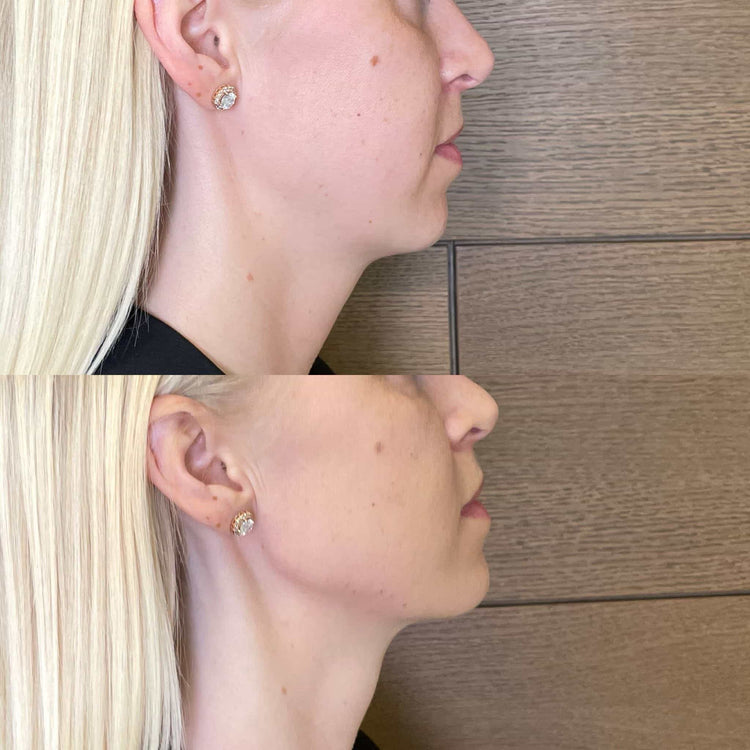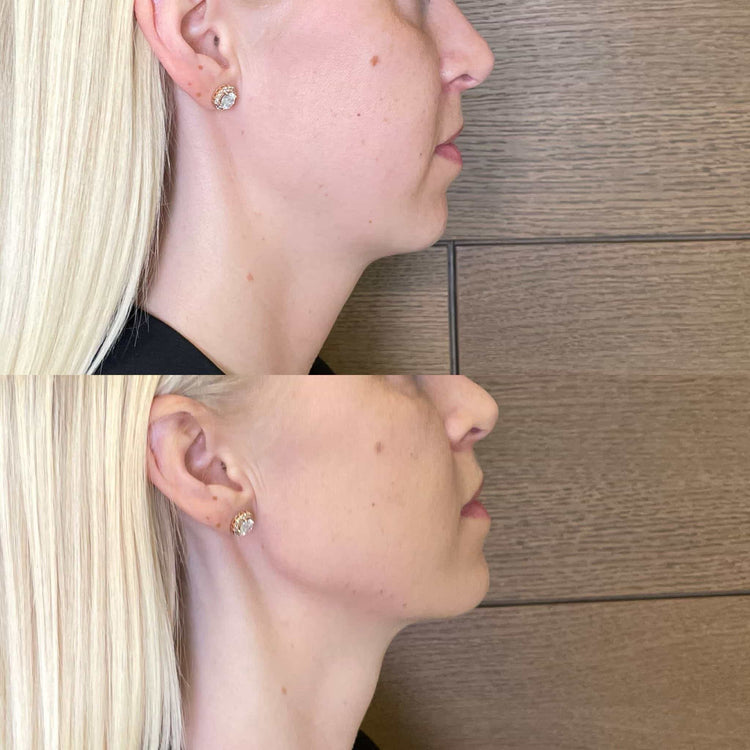Jaw Filler Techniques For Subtle Yet Effective Contouring
Jawline Augmentation Techniques
Sculpting a more defined jawline has become increasingly popular, with many seeking subtle enhancements to refine their facial contours. Jaw filler techniques offer a non-surgical solution to achieve this desired look. Using injectable dermal fillers, skilled practitioners can strategically place material beneath the jawline to create a more angular and chiseled appearance.
Dermal Fillers
Dermal fillers are hyaluronic acid-based substances that are injected into specific areas of the face to add volume, soften wrinkles, or enhance contours. For jaw augmentation, fillers like hyaluronic acid gel are strategically injected along the lower border of the jawbone. This process helps create a smoother transition between the jawline and the neck, resulting in a more defined and sculpted appearance.
Different types of fillers are available, each with varying levels of viscosity and longevity. The choice of filler depends on individual needs and desired outcomes. Some fillers last for several months, while others can provide results that persist for up to two years.
Hyaluronic Acid Fillers
The specific technique used for jaw augmentation with hyaluronic acid fillers varies depending on the patient’s unique anatomy and desired outcome. Practitioners may employ different injection techniques, such as linear threading or dot placements, to strategically lift and contour the jawline.
It is important to consult with a qualified and experienced practitioner who can assess your individual needs and recommend the most appropriate type of filler and injection technique for optimal results. During the procedure, a topical anesthetic is usually applied to minimize discomfort.
After the procedure, there may be some mild swelling or bruising, which typically subsides within a few days.
Poly-L-Lactic Acid (PLLA) Fillers
Poly-L-Lactic Acid (PLLA) fillers offer a unique approach to jaw augmentation, providing long-lasting results compared to hyaluronic acid fillers. Unlike hyaluronic acid, which is absorbed by the body over time, PLLA stimulates collagen production. This gradual buildup of collagen gradually enhances the jawline definition.
PLLA fillers are injected beneath the skin along the lower border of the jawbone. Over several weeks, as the PLLA degrades, it triggers the body’s natural collagen production process. The newly formed collagen provides lasting support and structure to the jawline, resulting in a more defined and sculpted appearance.
Because PLLA stimulates collagen production, its effects are gradual and progressively enhance over time. Multiple treatments may be necessary to achieve the desired outcome, spaced several weeks apart.
Subtle Contouring Techniques
Subtle contouring techniques have become increasingly popular for those seeking a more defined jawline without dramatic alterations. Jaw filler injections offer a non-surgical approach to achieving this sculpted look by strategically placing hyaluronic acid or Poly-L-Lactic Acid (PLLA) beneath the jawbone. These fillers create a smoother transition between the jawline and neck, resulting in a more angular and chiseled appearance.
Graduated Filler Placement
When it comes to subtle jaw augmentation, graduated filler placement techniques are highly effective.
- This technique involves strategically injecting smaller amounts of filler at gradually increasing depths along the jawline. This layering effect creates a more natural and gradual contour.
- Starting with small injections superficially helps define the lower border of the jaw, while deeper injections add volume and projection.
- This approach allows for precise control over the shape and definition of the jawline, resulting in a subtle yet noticeable enhancement.
Surface vs. Subdermal Injection
Subtle contouring techniques involve strategically injecting filler to enhance facial features without making dramatic alterations. For jaw augmentation, this often means employing surface vs. subdermal injections.
Surface injections are placed closer to the skin’s surface and primarily address superficial areas, like smoothing out the transition between the jawline and neck. Subdermal injections are deposited deeper beneath the skin, targeting underlying structures to create more volume and projection.
The choice between surface and subdermal injections depends on the individual’s desired outcome. For subtle contouring, a combination of both techniques is often used to achieve a natural and balanced look.
Considerations for Jaw Filler Treatments

Jaw filler treatments offer a non-surgical pathway to achieving a more defined jawline. Using hyaluronic acid-based dermal fillers, practitioners can subtly sculpt the jaw for a more angular and chiseled appearance.
Individualized Treatment Plans
When considering jaw filler treatments, several factors should be carefully evaluated to ensure optimal results and safety.
- Medical History: A thorough review of your medical history is crucial to identify any underlying conditions or allergies that may affect treatment.
- Desired Outcome: Clearly communicate your expectations with the practitioner to ensure they align with realistic possibilities.
- Filler Type: Different fillers have varying properties, durations, and suitability for specific areas. A skilled practitioner will guide you towards the most appropriate choice based on your individual needs.
- Treatment Technique: The chosen injection technique plays a vital role in achieving the desired outcome. Practitioners may utilize various methods to strategically contour the jawline.

An individualized treatment plan should be developed by a qualified and experienced practitioner who considers your facial anatomy, skin type, and aesthetic goals. This personalized approach ensures that the treatment is tailored to your specific needs and delivers the most natural and satisfying results.
Realistic Expectations
When considering jaw filler treatments, it’s crucial to have realistic expectations. Jaw fillers can subtly enhance the definition of your jawline, but they won’t create drastic changes. The results are designed to complement your features, not transform them.
Before undergoing treatment, discuss your desired outcome with a qualified practitioner. They can assess your facial structure and advise on what’s achievable. Remember, subtle enhancements often lead to the most natural-looking and pleasing results.
- Jalupro Super Hydro Skin Booster Treatments Near Normandy, Surrey - October 11, 2025
- How To Transition From Surgical To Non-Surgical Bum Enhancements - October 10, 2025
- How To Approach And Handle Jealousy In A Non-monogamous Relationship - October 7, 2025

